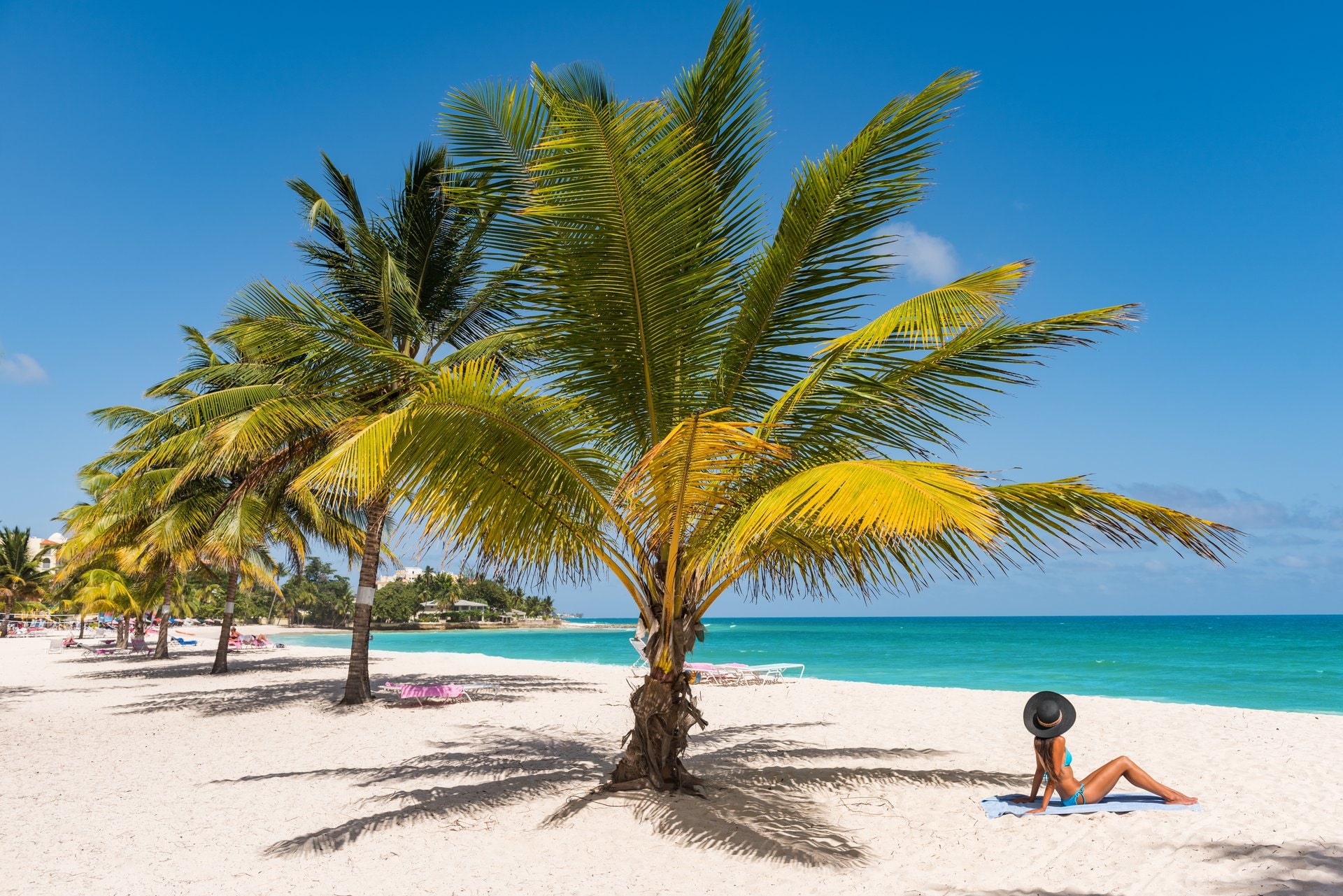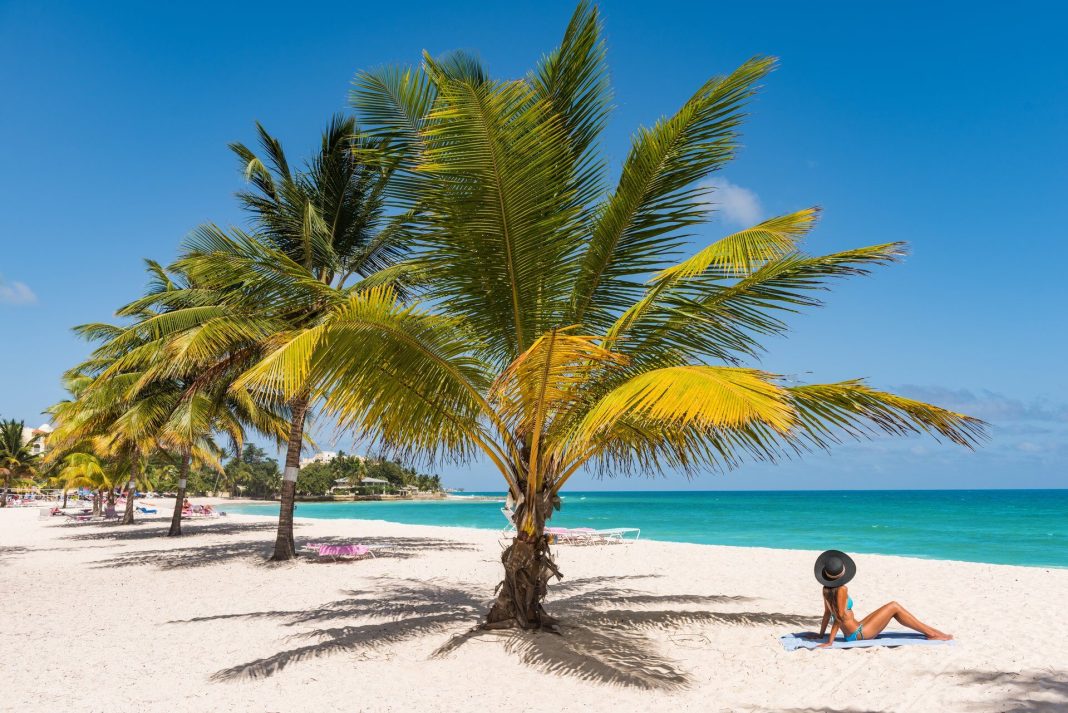 Hurricane Beryl, an extremely dangerous Category 4 hurricane, has restrengthened and is heading towards the southeastern Caribbean. The storm is expected to make landfall in the Windward Islands on Monday morning, prompting government officials to urge people to take shelter. Hurricane warnings have been issued for several islands, including Barbados, St. Lucia, Grenada, Tobago, and St. Vincent and the Grenadines. The U.S. National Hurricane Center in Miami has warned that Beryl is forecast to bring life-threatening winds and storm surge.
Hurricane Beryl, an extremely dangerous Category 4 hurricane, has restrengthened and is heading towards the southeastern Caribbean. The storm is expected to make landfall in the Windward Islands on Monday morning, prompting government officials to urge people to take shelter. Hurricane warnings have been issued for several islands, including Barbados, St. Lucia, Grenada, Tobago, and St. Vincent and the Grenadines. The U.S. National Hurricane Center in Miami has warned that Beryl is forecast to bring life-threatening winds and storm surge.
Beryl is a compact storm with hurricane-force winds extending 30 miles from its center. It initially gained Category 4 strength on Sunday before weakening slightly. However, it is still a major hurricane with maximum sustained winds of 120 mph. Beryl is expected to pass just south of Barbados before heading into the Caribbean Sea and potentially weakening by midweek. Despite the potential weakening, it is still forecasted to remain a hurricane as it moves towards Mexico.
What makes Beryl particularly notable is its historic nature. It became the first major hurricane east of the Lesser Antilles on record for June, which is early in the hurricane season. It took Beryl only 42 hours to strengthen from a tropical depression to a major hurricane, a feat that has only been accomplished six other times in Atlantic hurricane history. Hurricane expert Sam Lillo points out that this is the earliest date on record for a hurricane to achieve such rapid strengthening.
In addition, Beryl has become the earliest Category 4 Atlantic hurricane on record, surpassing Hurricane Dennis, which reached Category 4 status on July 8, 2005. Michael Lowry, a hurricane specialist and storm surge expert, describes Beryl as an extremely dangerous and rare hurricane for this time of year in this area. He emphasizes that this is a serious threat and urges people to take it very seriously.
One factor contributing to Beryl’s strength is the warm waters in the deep Atlantic. Brian McNoldy, a tropical meteorology researcher at the University of Miami, notes that the ocean heat content is the highest on record for this time of year. These warm waters are fueling Beryl’s intensity, and Lowry points out that they are even warmer now than they would be at the peak of the hurricane season in September.
As Beryl approaches, Caribbean leaders are not only preparing for its impact but also for a cluster of thunderstorms trailing the hurricane that have a 70% chance of becoming a tropical depression. Prime Minister Mia Mottley of Barbados urges people not to let their guard down and emphasizes the importance of preservation and protection of life.
Beryl is the second named storm in what is forecasted to be an above-average hurricane season. The National Oceanic and Atmospheric Administration predicts between 17 and 25 named storms, with as many as 13 hurricanes and four major hurricanes. This emphasizes the need for preparedness and vigilance in the affected regions.
In conclusion, Hurricane Beryl poses a significant threat to the southeastern Caribbean, with its extreme intensity and historic nature. The storm’s rapid strengthening and its status as the earliest Category 4 Atlantic hurricane on record highlight its exceptional characteristics. As governments and residents prepare for its impact, it is crucial to take this storm seriously and prioritize the preservation and protection of life.


